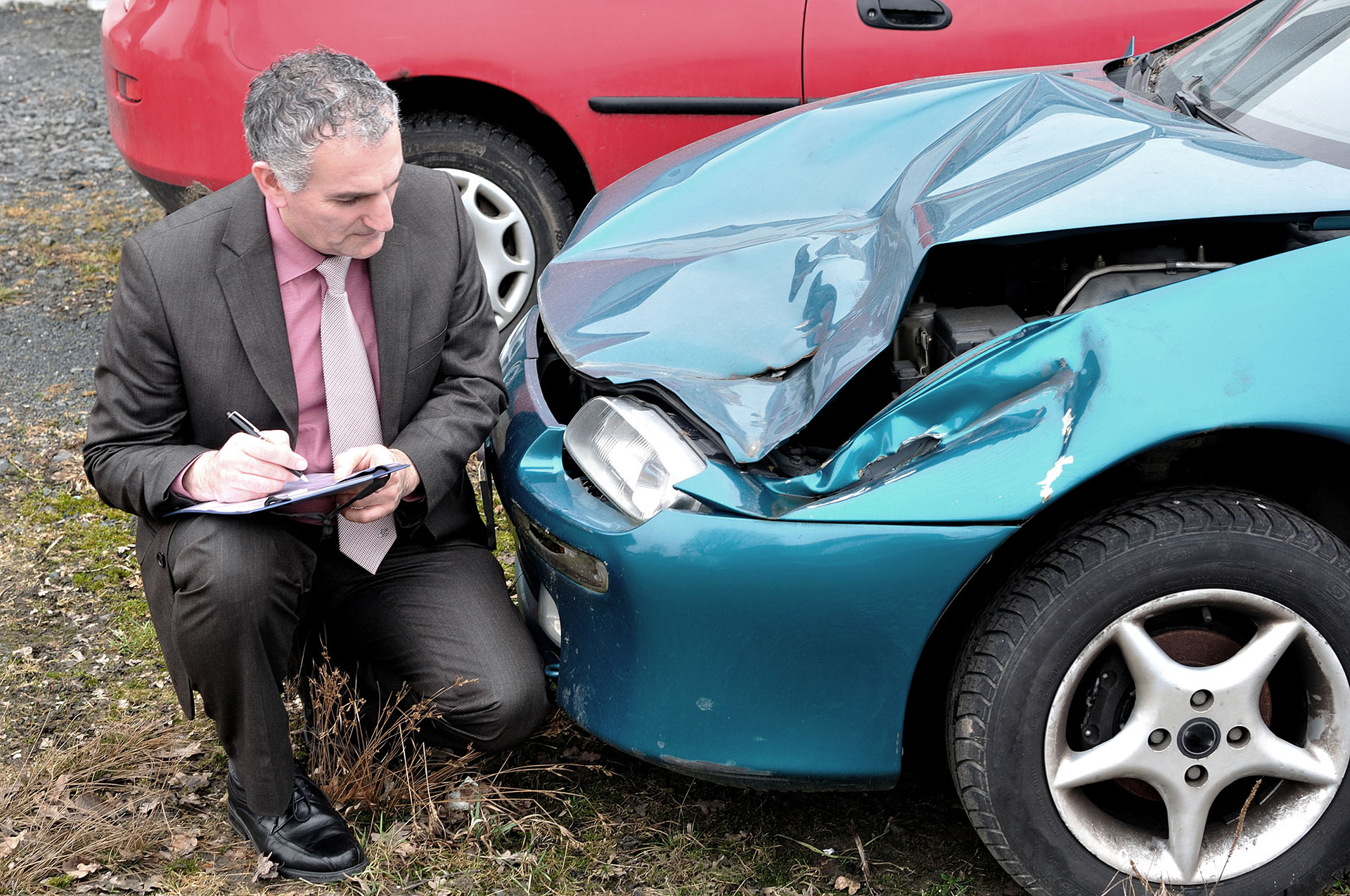What is a total loss?
When a vehicle is considered as “a total loss” by insurance companies, do you actually know what they are referring to? This essentially means that the adjuster determined that the cost to repair the damage on your car exceeded what they believe the vehicle is actually “worth” to them, and is thus deemed “a total loss”. The method of determining a total loss actually varies throughout each state. Some states go by the Total Loss Threshold, where damage needs to exceed a particular percentage of the vehicle’s value. For example, Alabama’s TLT is 75 percent. If you were to crash your car valued at $4,000, any amount in damages exceeding $3,000 would qualify as a total loss to your insurance company. Total Loss Thresholds vary throughout each state that use them. Currently, Texas and Colorado have the highest TLT of 100%, while Oklahoma has the lowest of 60%. The other method states use is the Total Loss Formula, where if the sum of the cost of repair plus the salvage value of the car exceeds the car’s ACV, then this is also considered a total loss.
If for some reason you want to keep your vehicle after it has been determined a total loss by your insurance provider, you are allowed to do so. The question remains is if it’s really worth worth it. Drivers primarily decide to keep a total loss vehicle for the purpose of salvaging it themselves for spare parts, or they believe it can be repaired and returned to safe driving condition. This process is referred to as requesting an owner retained total loss title. Keeping your vehicle may be feasible, but it isn’t always worth it. Factors to keep in mind before requesting an owner retained total loss title are the repair costs, the vehicle passing state inspection, proper insurance coverage, and the vehicle’s financing.
An analysis of recent US total loss rate trends
In recent years, total loss rates have significantly spiked. But why is this happening? Largely due to the remaining number of older vehicle models that remain on US roads. As a vehicle ages, the value naturally depreciates typically leading to total loss share growth. Throughout the last ten years, the demand for used vehicles has remained very high, and in turn diluted total loss thresholds. The first chart below highlights the significant difference in average age between repairable and total loss vehicles.
